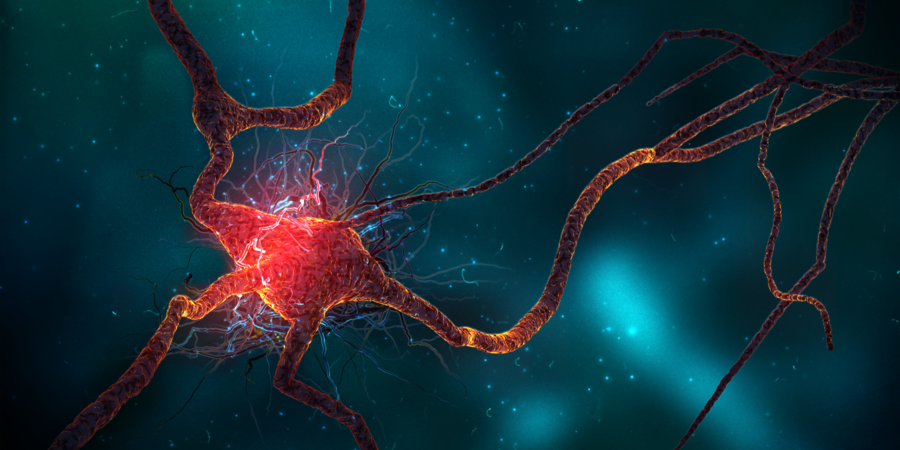
Classic psychedelics kill pain with even greater vigor over time. Scientists posit this theory based on nerve pain research showing that serotonin-targeted psychedelic substances increasingly relieve discomfort with repeated use, sharply contrasting with opioids.
The lines between emotional and physical pain are entirely blurred due to the brain’s interconnected processing mechanisms.
Pain involves glitches in how the nervous system processes bodily and emotional discomfort. People with nociceptive pain feel intense anguish despite the lack of apparent injuries or nerve damage.
Opioids work horrifically well at first because they act directly on the central nervous system to block pain signals and make people feel elated. However, it’s no secret by now that these pain ravagers come with increasing tolerance and addiction.
Unlike opioids, LSD and psilocybin don’t directly and immediately modulate pain receptors. But they may have a serious edge for nociplastic conditions like fibromyalgia, IBS (irritable bowel syndrome), and CRPS (complex regional pain syndrome) due to their serotonergic action. A recent literature review suggests these classic psychedelics may tackle physical agony with increasing efficacy over time while multitasking on the origins of emotional anguish.

Why psychedelics could be the new painkillers
Psychedelics seem to rewire the brain in ways that change its relationship to emotional strife and make it less sensitive to physical pain signals.
This complex neural adjustment could be critical for nociceptive patients whose pain-detecting neurons get triggered by even the mildest stimuli. Sensitivity often starts with run-of-the-mill pain. But over time, the feeling gets more intense, and eventually, the discomfort sticks around like an uninvited maniac. The condition transforms from acute to chronic in no time as cells shift roles, genes function differently, and cellular proteins start to move out of place.
Eventually, the brain shifts from mismanaging physical pain to bungling emotions as well, potentially explaining why many chronic pain patients develop depression and anxiety.
Chronic pain also involves changes in a part of the brain network associated with self-focused thoughts. In 2001, scientists named these areas the “default mode network” (DMN).
Psychedelics and the DMN

People with depression or chronic pain show unusually high activity in the DMN linked to getting stuck in loops of negative thoughts or being overly self-obsessed. The DMN, in these cases, can’t connect well with other brain parts, especially those dealing with emotions and pain.
Psychedelics are interesting here as they famously interact with serotonin receptors, occurring prominently throughout the DMN.
By activating serotonin receptors, including 5-HT2A and 5-HT1A, psychedelics seem to increase the brain’s information richness, or ‘entropy.’ Higher entropy allows the brain to break free from the DMN’s rigid and overactive control. This process could reset the brain, potentially offering a new way to treat chronic pain and emotional distress.
BDNF and Inflammation
Pain is also linked to specific brain factors like BDNF (Brain-Derived Neurotrophic Factor), which are important for cells to connect and change. Lower BDNF levels occur in chronic pain and depression, and psychedelics could boost these levels.
Inflammation is another major player in chronic pain and depression, especially in conditions like IBS, fibromyalgia, and CRPS. Psychedelics could help here, too, by reducing inflammation and promoting the growth and connection of brain cells.
Psychedelics could work better over time
The most exciting painkiller theory is that LSD and psilocybin might become even more effective over time. Scientists posit this based on nerve pain research showing that 5HT1A-targeted psychedelic substances increase pain relief with repeated use, sharply contrasting with opioid effects. Opioid tolerance often transforms into disastrous addictions, as people take higher and higher doses in pursuit of the same result.
FM patients regularly take opioid drugs seeking relief, even though clinical evidence calls the practice a “cautionary tale.”
Opioids are not only ineffective for fibromyalgia, but patients generally fare worse than those on non-opioids. Not to mention, traditional painkillers explicitly fail to address pain’s experiential and psychological dimensions.
Psychedelics are among the only known substances that engage in the intricate dance of biological processes, targeting inflammation and enhancing brain health. They emerge as pain relievers and as agents of holistic healing.




